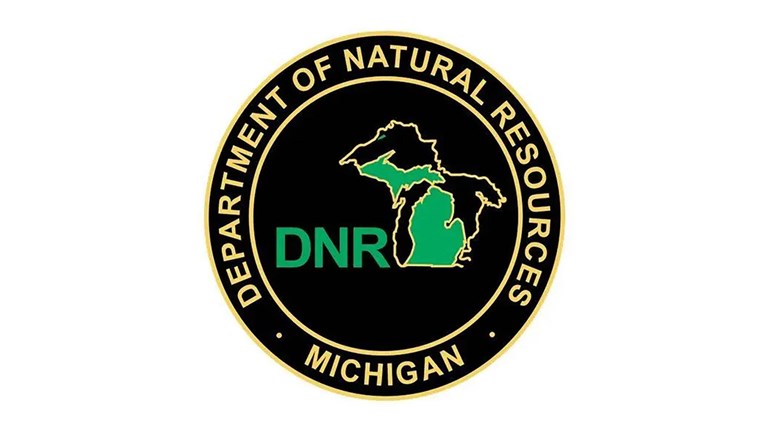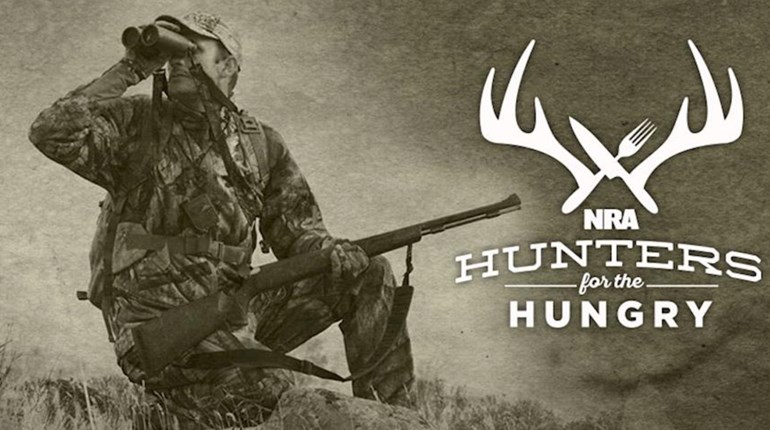
Did you know the National Rifle Association developed the first formal hunter-education curriculum? It’s true. New York in 1949 was the first state to require that new hunters complete a hunter-safety course before being permitted to purchase a hunting license. But because no such course existed, the state asked the NRA—the organization that knew the most about firearms, firearm safety and hunting—to create one.
Today, the NRA is still developing a hunter-education curriculum. Recently, we developed the most comprehensive and interactive online hunter-education program ever seen. It features attention-grabbing videos and graphics, interactive modules, audio recordings and dozens of photos presented in easy-to-access components. Future hunters will remember these lessons the rest of their lives. We offered the course to every state free, and eight states have accepted it. The rest allow a paid (for a fee) online hunter-education course produced by commercial services. But such courses present a barrier to beginners—one that never existed when every hunter-education course was offered free of charge.
Fortunately, that’s likely to change thanks to a decision by the U.S. Fish and Wildlife Service to recognize the free NRA course as a state’s in-kind contribution to qualify for matching grant funds via the Federal Aid in Wildlife Restoration (Pittman-Robertson) Act. These funds are collected via excise taxes on firearms, ammunition and archery tackle, then redistributed to states to finance conservation and associated needs, including hunter education and range development.
However, each state must match the federal funds dollar-for-dollar in the form of cash or in-kind contributions—a challenge in an era when hunter recruitment and retention ebb, and fewer funds are collected via hunting license fees. Thus, the NRA’s third-party contribution benefits every state that offers our free course. By contrast, states that offer fee-based online hunter-safety courses receive little of those fees in return—and those states cannot claim the market value of their courses as in-kind contributions. But every free NRA course taken by a prospective hunter may net a state as much as $30 in Pittman-Robertson funds at absolutely no cost. Florida—the first to adopt NRA Hunter Education Online—pegs the course’s value at $250,000 annually. That’s a win for hunters, a win for states offering our free course and a win for conservation.
This is just the latest example of how the NRA works to benefit hunters. Our new Community Engagement Division oversees many other hunting programs.
Since 1985, the NRA Youth Hunter Education Challenge (YHEC) has been recognized as the most comprehensive youth-hunting program in North America. Held in every state, YHEC events provide an exciting way for youngsters to build on classroom lessons through hands-on “challenges” in rifle, muzzleloader and archery marksmanship, wildlife identification, orienteering, and more.
In 1991, the NRA helped launch the national Hunters for the Hungry (HFTH) movement. We partnered with state wildlife agencies to put hunters in touch with area start-up programs and established the HFTH clearinghouse to link hunters with participating meat processors. The NRA Women’s Wilderness Escape provides women with the opportunity to learn about hunting, shooting sports and other outdoor activities under the supervision of certified NRA instructors and outdoor specialists. Referred to by many participants as the “ultimate outdoor adventure,” the Escape welcomes all skill levels so no previous experience is required.
Of course, NRA members who hunt are likely aware of these programs as they read American Hunter and regularly visit its companion website: americanhunter.org. But many other members are not aware of all we do for hunting in America. Therefore, I urge everyone to visit the websites dedicated to them, listed on this page.
NRA Hunter Education Online
NRAHE.org
Youth Hunter Education Challenge
yhec.nra.org
Hunters for the Hungry
hfth.nra.org
Women’s Wilderness Escape
wwe.nra.org


































